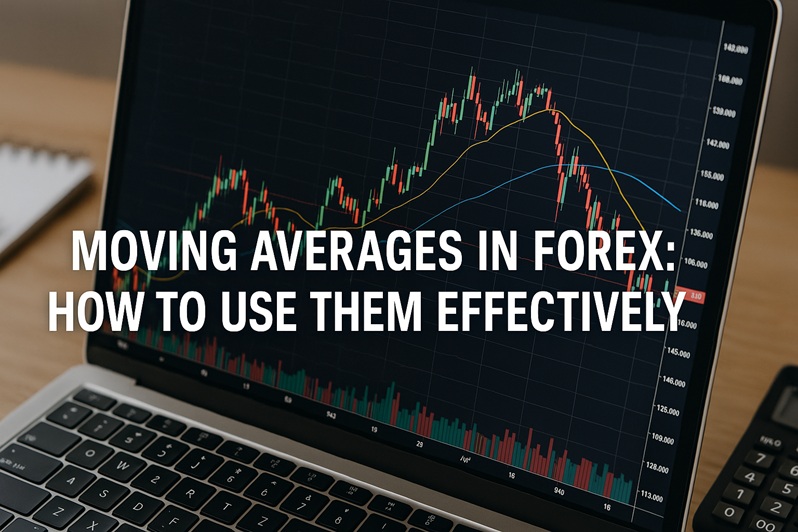
In the dynamic world of Forex trading, technical indicators are vital tools for making informed decisions. Among these, moving averages stand out as one of the most reliable and widely used indicators. By smoothing out price data, they help traders identify trends, spot reversals, and refine entry and exit strategies. But using them effectively requires more than just adding a line to your chart.
Understanding Moving Averages
Moving averages (MAs) are used to reduce the “noise” in price fluctuations and provide a clearer picture of the market trend. There are two primary types: the simple moving average (SMA) and the exponential moving average (EMA). While SMAs offer a straightforward average of prices over a given period, EMAs assign more weight to recent data, making them more responsive to price changes. Knowing when to use each type depends on your strategy and time frame.
Implementing Moving Averages in Trading
One of the most effective ways to use moving averages is to determine the overall trend direction. When the price is consistently above the MA, it signals an uptrend; when it’s below, a downtrend. Additionally, traders often look for crossover points, such as the 50 EMA crossing above the 200 EMA, which can indicate a bullish shift. Combining MAs with other indicators can improve accuracy and reduce false signals. It’s also essential to adapt the period of the MA to your trading style—shorter periods for scalping or day trading, and longer periods for swing or position trading.
Moving Averages as Support and Resistance
Moving averages can act as dynamic support and resistance levels. In trending markets, prices often retrace to the MA before continuing in the original direction. This characteristic makes MAs excellent tools for timing entries and exits, especially when used in conjunction with candlestick patterns or momentum indicators. However, their effectiveness decreases in sideways markets, where false signals are more common.
Conclusion
Moving averages are foundational tools for Forex traders, offering insights into market trends and helping refine strategies. By understanding how they function and integrating them thoughtfully into your trading routine, you can enhance your decision-making and improve consistency. Whether you’re a beginner or an experienced trader, mastering moving averages is a step toward long-term success.
Now is the perfect time to refine your strategy. Start incorporating moving averages today!
FAQs
What is the best moving average period for Forex trading?
It depends on your trading style. Short-term traders might prefer 9 or 20-period MAs, while long-term traders often use 50, 100, or 200-period MAs.
Should I use SMA or EMA for Forex trading?
EMAs are generally preferred for their responsiveness, but SMAs can be useful for identifying long-term trends.
Can moving averages be used alone?
They are more effective when combined with other indicators or price action strategies.
How do moving average crossovers work?
When a shorter-period MA crosses above a longer-period MA, it may signal a bullish trend, and vice versa for bearish trends.
Are moving averages reliable in all market conditions?
They perform best in trending markets and may produce false signals in sideways or choppy markets.
